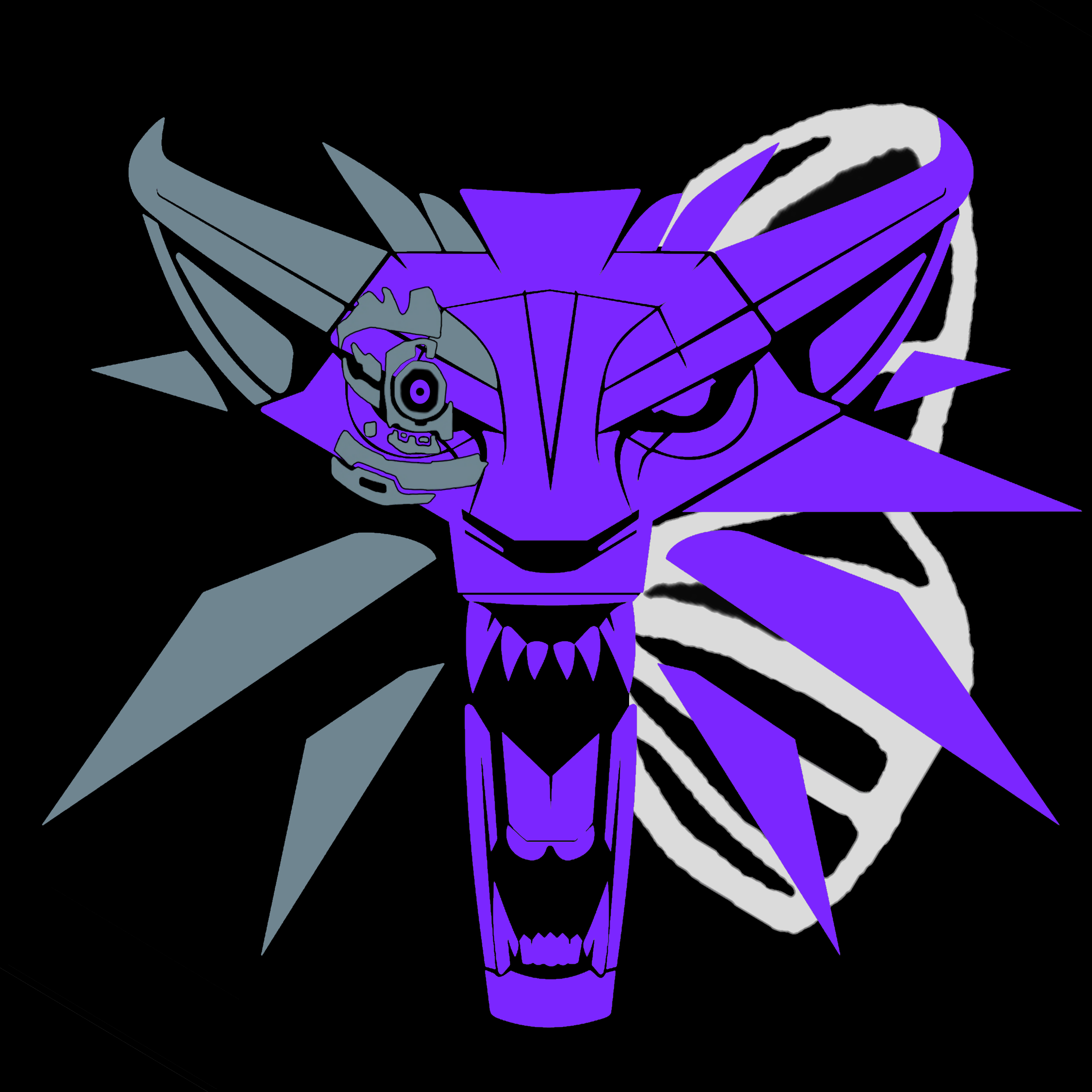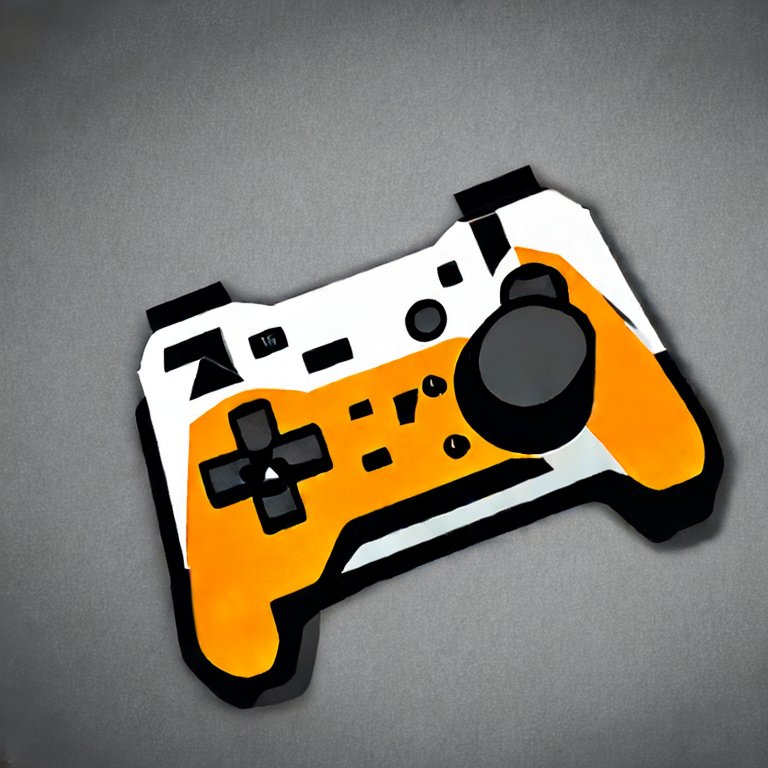

Yeah but not raw milk straight from the udder (unless you enjoy salmonella), letting it dribble down your chin and get in your beard (unless that’s what does it for you I guess, you do you)


Yeah but not raw milk straight from the udder (unless you enjoy salmonella), letting it dribble down your chin and get in your beard (unless that’s what does it for you I guess, you do you)


My main gripe with TLJ is that the editing is a total mess. Multiple scenes lose continuity between shots. The most egregious example is the milk scene, which in addition to being gross and unnecessary, was clearly jammed in between two shots meant to be continuous. Rey and Luke start walking down a skinny peninsula, no space cow in sight, then hard cut to space cow and Luke milking it, then hard cut back to the end of the peninsula and Luke setting down his stuff.


I’m not saying it isn’t insanely hard (actually I mentioned that fact twice), I’m just trying to point out that Steam gives developers more tools for visibility than any storefront that exists, with most storefronts giving no tools whatsoever. Any game with no marketing budget selling enough to support a multiple-person development team, when they have to compete directly with AAA games, is impressive for both the developer and the platform.
If you want to advocate for improvements and change, you can’t just ignore the positive things that already exist.
~Also you clearly didn’t read the page about the update visibility rounds, because those have nothing to do with popularity and are completely randomized regarding who among the recently-updated games gets a spot on the front page. In fact, your game gets rotated off that spot once you’ve gotten 1 million impressions.~


Blatantly untrue, as update visibility rounds are one of several marketing tools Steam gives you that can put your game on the front page for free, regardless of popularity.
Kitfox Games has published a guide (one among many you can find on the internet) on how to successfully market a game with no advertising budget. While their existing audience definitely helped, and as they mention, it takes a significant amount of time and effort, they do not spend actual money on sponsorships or advertising. This would not be a viable strategy on any other storefront, save maybe Epic, though Epic still gives fewer tools than Steam.


Steam has been coasting on the fact that everyone shoots themselves in the foot, sure, but you should look into the unparalleled level of “free” (30% cut) marketing support Steam gives to developers. On no other platform could developers end up with the visibility they achieve on Steam with nothing more than very strategic timing and good social media presence. It’s still insanely hard, but the fact that it’s even possible to compete with zero marketing budget against AAA companies speaks volumes.


I see lots of discussion about the solution / what used to be done, but I want to point out why unofficial servers stopped being easy/standard/possible to run.
The first time big money entered esports was on private Starcraft LAN tournaments. Blizzard sued to get a cut of the proceeds, but because the privately-owned software (game and server) was running on privately-owned hardware, the courts ruled that Blizzard got no money.
AAA companies learned from this that allowing the playerbase to run their own servers meant losing out on money, so most AAA multiplayer games with even a small chance of ending up as esports make it so they can only connect to servers operated by themselves, longevity of the game be damned. If they weren’t so desparate for every scrap of cash they could possibly generate from the game, I would bet most multiplayer game would still let you run your own servers, like they used to.


Graphics are, like it or not, the main thing the majority of people look for first when they go to buy a game, and raytracing is a ridiculously easy way to achieve that in comparison to the time and skill required to elevate traditional lighting to that same level of beauty. PS5 and XSX both support raytracing, and PC graphics cards that don’t are coming up on 10 years old at this point.
Any AAA developer is going to see those two facts, that it’s way cheaper and runs on most of the market’s hardware, and abandon development work on traditional lighting. Indiana Jones and the Great Circle is RT-only, and it was a huge success.
DLSS is in a similar boat - it reduces the need to spend time and money on optimization.
Now, let me be clear, I lament both of these facts. I think raytracing looks gorgeous, and DLSS is usually a nice performance boost for minimal tradeoff, but I don’t think every game should look photorealistic, and some games just don’t look good with DLSS on. What I’m saying is they both make game development cheaper and faster for very little relative downside, so I wouldnt be surprised if all AAA games required raytracing within the next few years.


I disagree with many of his views, but I definitely wouldn’t call him right-wing. He seems to me more like a libertarian from before “don’t tread on me” actually meant “please tread on me.” Hell, he’s said the CEO of Nestle should be shot.
The trick is to throw yourself at the ground and miss
Only for chicken, for salmonella reasons, and steak, because I’m terrible at judging doneness without it.


Here, though there isn’t anything super concrete.


I would guess you’re doing a much larger range of motion relative to each joint, squatting “ass to grass” but doing calf raises just from standing. Your ankles don’t move as far generally as your knees, but if you want to maximize calf gains, do them off a ledge so you raise from the bottom of the range of motion to flat-footed.


In a physical medium, it’s way cheaper and easier to make light color thing dark than make a dark colored thing light. “Dark mode” books would require dyeing each sheet black, then painting the text on top of each sheet, rather than what is currently done, where we bleach each sheet white, then dye the text into each sheet.
Somewhat related - this is why printers use CMYK, rather than RGB. Computer screens use pure light, so they simply emit whatever combination of light they need to, and your eyes add them together. In a physical medium, however, what we see is based on what is reflected, i.e. not absorbed. Hence, each color of ink, in additive terms, is two colors together (cyan is green+blue, magenta is red+blue, etc). When you combine CMYK colors, you can precisely control what wavelengths of light are being absorbed in order to reflect the correct color.


I dropped KCD 1 after ~30 hours for the same reason as you, but at least KCD has some justification - the whole point of the game is to be an ultra-realistic simulation of medieval life, a roleplaying game in the truest sense of the word.
Your character starts out not even knowing how to read, even though you, the player, obviously do to interact with the GUI. He’s the son of a blacksmith who never would have learned anything else, so he, the character, has to spend time learning basically everything, even if you, the player, already have it figured out.
You and I think that design is unfun. Clearly, though, there’s an audience for it, as KCD 2 sold something like a million copies on launch day and instantly recouped their development costs.


If AI was solely being used to advance scientific progress in exponential steps as it has for things like protein folding, I suspect these outlets would be all for it.
This isn’t the primary driver of capital investment in AI, though. AI is booming mostly because corporate executives see it as a way they can get the fruits of skilled labor without paying for it. I don’t have any more way of knowing these particular leftist organizations’ reasons than you do, but my assumption would be that their perspective is that AI in this context is literally the most powerful tool the bourgeoisie have ever had to exploit workers - one where the end goal is to not even need the workers anymore. You couldn’t design something more perfectly antithetical to leftist values than this application for generative AI, as it is created by using the owned products of others’ skilled labor to make it possible for the owner to remove the worker from the equation. Copyright and IP law is a weapon to combat that.
Edit - typos


I thought that didn’t work?


Boring Company tunnels just doesn’t have the same alliterative ring to it


There was a ~1.5 year old reddit thread that talked about this


Skin color is directly related to latitude. Darker skin means more melanin, which absorbs more light and protects against sunburns and thus skin cancer.
Eye color factors are less confidently known, but darker eyes generally have a better time in bright daylight.
Regarding those two, it’s also worth mentioning that the Inuit people don’t follow those patterns, as while they have less sunlight, they also have to deal with reflected light off the snow.
Hair texture is like eye color in that we’re only mostly confident, but tight curls also probably protect from the sun.
It’s also been posited that epicanthic folds might help against freezing winds, but there’s no real evidence for that.
Full story Machinima style series are rare, but if you just want heavy editing and a somewhat coherent plot as opposed to nearly unedited gameplay, Alpharad and LarsBurrito might work. Alpharad heavily edits his videos and usually writes a script to go over the gameplay that does a good job pulling a story out of the footage. LarsBurrito does a similar style, but also often does themed playthroughs where he writes the script to flavor the playthrough to fit whatever character he’s roleplaying as.
If you want actual story but are ok with significantly less editing, Mianite is a series I rewatch every once in a while in a similar way you describe. The scripted story doesn’t really start picking up until a significant way through season 1, but there is still enough conflict between the different players to make it more than just a Let’s Play.